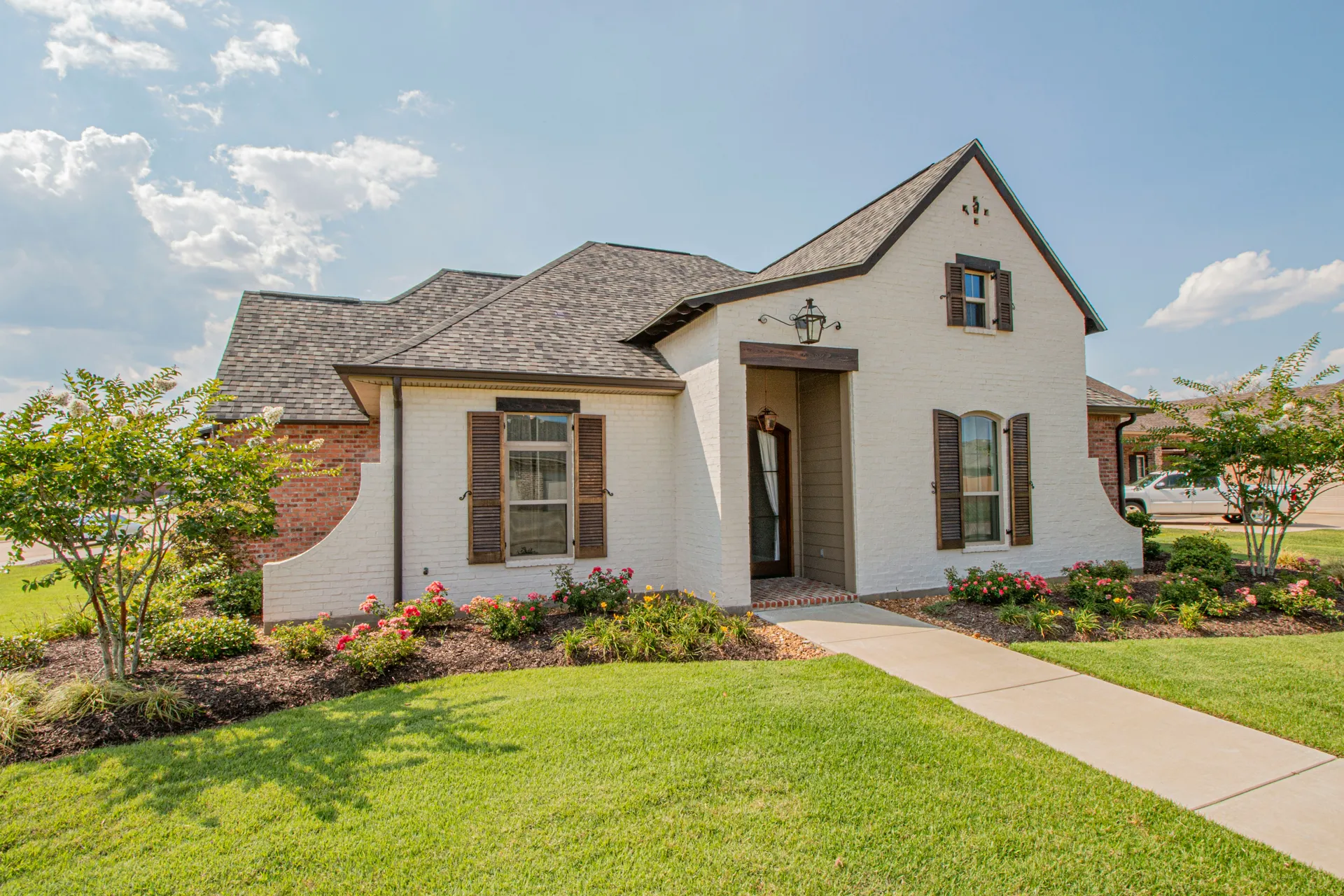
How Long Does Vinyl Siding Last? (And Signs It's Time to Replace)
Vinyl siding is one of America’s most popular exterior claddings, largely due to its durability and low maintenance. So, how long does it actually last? As a building envelope specialist, I can tell you that most modern, quality vinyl siding is warrantied for 20 to 40 years, and can often last even longer. However, ‘how long it lasts’ depends on several critical factors, from the quality of the product to the intensity of the sun it faces each day. This guide will cover everything that impacts its lifespan.
Key Takeaways
- The 20-40 Year Lifespan: This is the typical warrantied range, but actual longevity depends heavily on the factors below.
- Quality Matters Most: Thicker, higher-grade vinyl siding significantly outperforms thinner, builder-grade options.
- Installation is Critical: Improper installation that doesn’t allow for thermal expansion is the #1 cause of premature failure.
- Sun is the Enemy: UV radiation is the primary culprit behind fading and brittleness over time.
5 Key Factors That Determine Lifespan
Not all vinyl siding is created equal, nor does it face equal challenges. The true lifespan of your siding is a function of these five variables.
1. Quality and Thickness of the Vinyl
Vinyl siding is sold in different thickness grades, typically ranging from .040” (builder grade) to .046” (premium). Thicker siding offers superior rigidity, which makes it more resistant to sagging, warping, and impacts from hail or debris. A thicker panel simply has more material and structural integrity to withstand the elements over decades.
2. Quality of Installation
This is a critical factor that homeowners often overlook. Vinyl siding is designed to expand and contract with temperature changes. Therefore, it must be “hung” on the wall, not nailed tightly. Installers should fasten nails in the center of the nailing slots and leave a slight gap. If nailed too tightly, the siding will buckle, warp, or crack as it tries to move.
3. Sun Exposure (UV Radiation)
Constant exposure to the sun’s ultraviolet (UV) rays is the primary cause of degradation. UV radiation breaks down the chemical bonds in the PVC, leading to two main issues:
- Fading: The color will lose its vibrancy. This is most noticeable on darker colored siding.
- Brittleness: The siding loses its flexibility and becomes fragile, making it susceptible to cracking from impacts. Walls facing south and west receive the most intense sun and will age fastest.
4. Climate and Weather Events
Your local climate plays a huge role. Homes in regions with extreme temperature fluctuations, frequent hailstorms, or high winds will see a shorter siding lifespan than those in more temperate, stable climates.
5. Maintenance and Cleaning
While vinyl siding is “low-maintenance,” it is not “no-maintenance.” A gentle annual cleaning with a soft-bristle brush and a mixture of soap and water is crucial. This removes dirt, grime, and, most importantly, damaging mold and mildew that can eat away at the surface finish over time.
Signs It’s Time for a Replacement: A Health Checklist
How can you tell if your siding is nearing the end of its useful life? Walk around your home and look for these tell-tale signs.
Vinyl Siding Health Checklist
From a maintenance perspective, what you see on the outside of your siding is only half the story. If you see signs of moisture, like mold growing on the seams, the real damage could be happening to the sheathing underneath. Don’t just clean it off; you need to investigate the source of the water intrusion. Siding is your home’s raincoat, and a hole in that coat can lead to very expensive problems.
What to Expect: Vinyl Siding Replacement Costs
Replacing your vinyl siding is a significant investment that can dramatically improve your home’s curb appeal, value, and weather resistance.
Typical Vinyl Siding Replacement Costs (All-In)
| Siding Grade | Avg. Installed Cost / Sq. Ft. |
|---|---|
| Standard / Builder Grade (.040") | $4.00 - $7.00 |
| Premium / Thicker Grade (.046"+) | $6.00 - $11.00 |
Example: Cost for a 2,000 sq. ft. Home
To put this in perspective, for a typical 2,000 sq. ft. two-story home, you can expect a total professional vinyl siding replacement cost of $8,000 to $18,000. The final price will depend on the grade of siding you choose and the complexity of your home’s architecture.
How to Extend the Life of Your Siding
You can maximize your siding’s lifespan with a few simple, proactive steps:
- Clean Annually: Use a soft brush or cloth with a mild soap and water solution.
- Avoid High Pressure: Never use a high-pressure power washer, as it can force water behind the panels. Use a gentle spray setting only.
- Prune Nearby Greenery: Keep trees and shrubs trimmed back from the house to prevent scratching and allow for air circulation.
- Inspect After Storms: After a major wind or hailstorm, walk around your home to check for any cracked or loose panels that may need repair.
